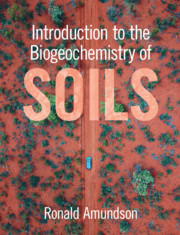The Vyazivok loess sequence from the Dnieper Plain, Ukraine, documents regional environmental changes during the late Pleistocene and Holocene. Pedological and palynological analyses and low-field magnetic susceptibility document changes from dense temperate forest during the last interglacial maximum to open, harsh, loess–steppe during the latest Pleistocene. The Vyazivok section overlies hillwash derived from a lower Pleistocene terrace and consists of two stratified soil complexes (Kaydaky and Pryluky; marine isotope stage [MIS] 5 equivalent) separated by a layer of eolian dust (Tyasmyn silt). The lower soils in both complexes formed within forest. These soils are overlain by the Uday (MIS4) and Bug (MIS2) loess units, which are separated by boreal soils of the Vytachiv (MIS3) complex. The coldest conditions within the record occurred in the youngest loess. Holocene soils cap the Bug loess. The Vyazivok section shows remarkable similarities with other classical loess sequences in western Europe, the Czech Republic, and Austria. The Kaydaky, Pryluky, and Vytachiv deposits, correlate with the PKIII, PKII, and PKI soil complexes, respectively, of the Czech Republic. The Tyasmyn and Prylyky silt layers correspond to marker horizons from central Europe.


